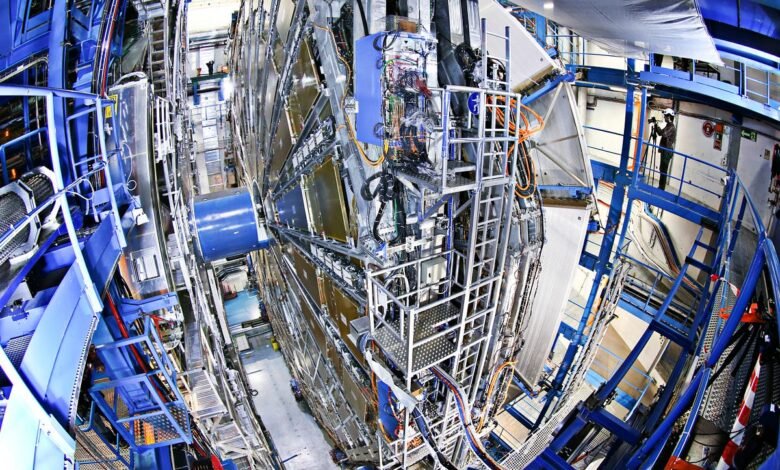Shortest-lived quantum particles exhibit quantum entanglement, too | by Ethan Siegel | Starts With A Bang! | Oct, 2024

LHC scientists just showed that spooky quantum entanglement applies to the highest-energy, shortest-lived particles of all: top quarks.
Of all the spooky quantum phenomena in our Universe, perhaps the spookiest of them all remains quantum entanglement. The basic idea behind it is that particles don’t just exhibit this weird sort of indeterminism — where they propagate as waves, in indeterminate states, but interact like particles with definitive and measurable properties — but that the quantum state of even disconnected particles can be related to one another. When you measure the quantum state of one entangled particle, you instantly know something about the pair that it’s entangled with: not an exactly-determined state, but with sets of probable outcomes that are superior to mere random chance.
Quantum entanglement has been well explored for conventional particles such as photons, electrons, positrons, protons, neutrons, and other atomic nuclei. However, nearly all of these tests have occurred at relatively low (conventional) energies and for relatively stable (long-lived) particles. Does quantum entanglement work the same way at high energies, and/or for extremely unstable, short-lived particles?
Source link




